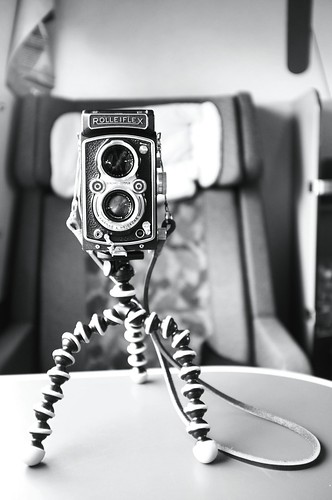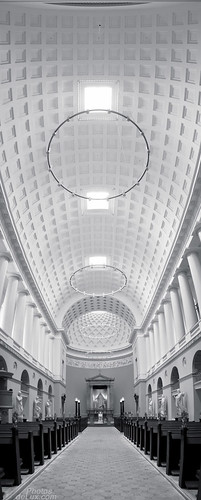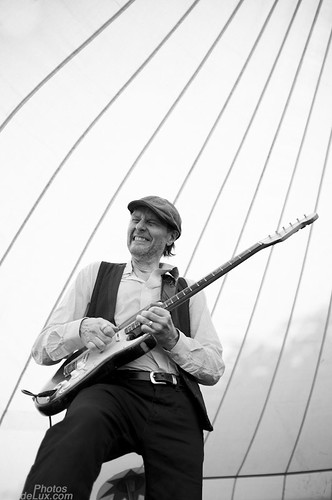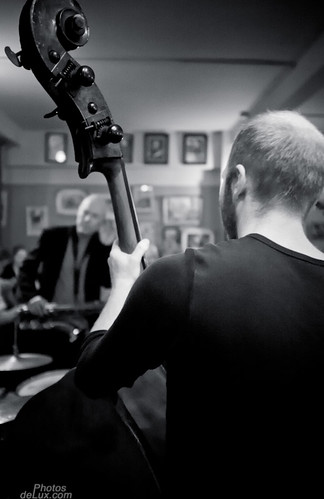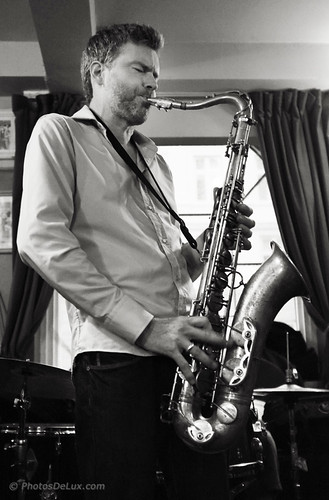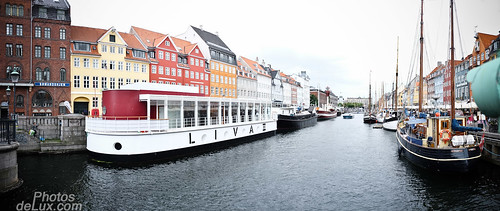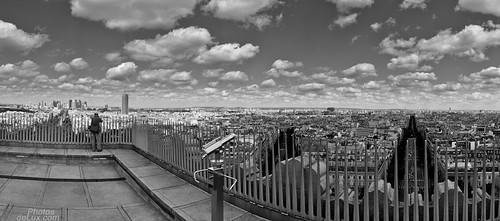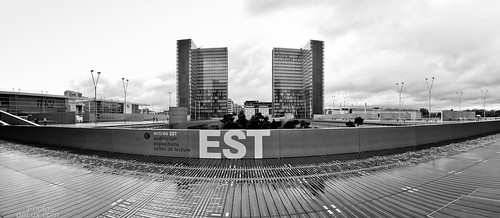Any camera is capable of taking photos of architecture! But some do it better than others...
The field of view of the lens/camera combination and distance/point of view to the subject have to match in order to get the photo you want. Most of the time I end up shooting architecture from the ground-level up and a Tilt-Shift lens is most useful in those situations.
But Fuji does not make a Tilt-Shift lens for the XF camera mount so I have to work with what I've got. The XF 18mm and 35mm lenses do make decent architecture lenses on the X-Pro 1, though.
First of all they have a lot of resolving power and the X-Trans sensor delivers a lot of detail and sharpness thanks to the lack of a AA filter.
Secondly, the X-Pro 1 corrects the distortion for the lenses. THis way you get straight lines from your "out of camera" jpg image. This helps a lot in making the image look good even if you have to apply a bit of perspective correction in post processin.
Here are a few architecture shots I have taken with the X-Pro 1 recently:

No surprized that I start with an "in camera Pano" from the X-Pro 1 with XF 18mm lens -
This Fuji X-Camera function has served me very well in Paris, too :)

Quite an eye puzzler due to the perspective and reflection of the XF 35mm shot - no HDR!
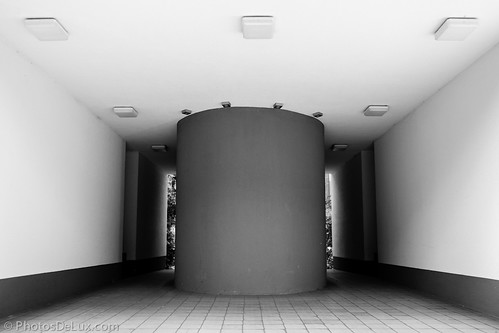
Left or right? X-Pro 1 with XF 18mm lens

Plenty of negative space in this X-Pro 1 "in camera 180° panorama" taken with the XF 35mm lens

X-Pro 1 with XF 35mm lens and pretty much no distortion!
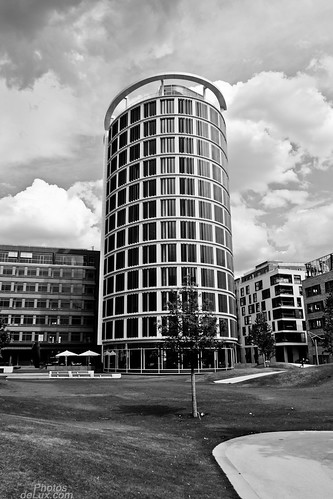
I did not apply perspective correction to this XF 18mm photo - I liked it this way
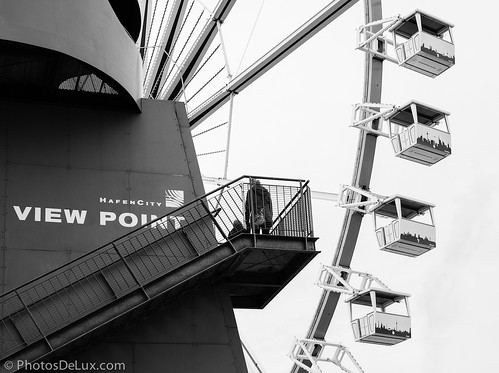
View Point - Taken with X-Pro 1 and XF 35mm lens

Visualization of the word "Disconnect" - Fuji X-Pro 1 with XF 35mm lens
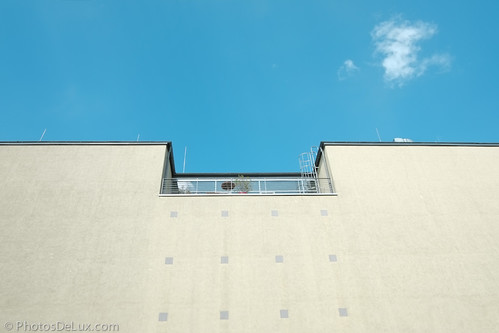
Urban Oasis taken with the XF 18mm lens
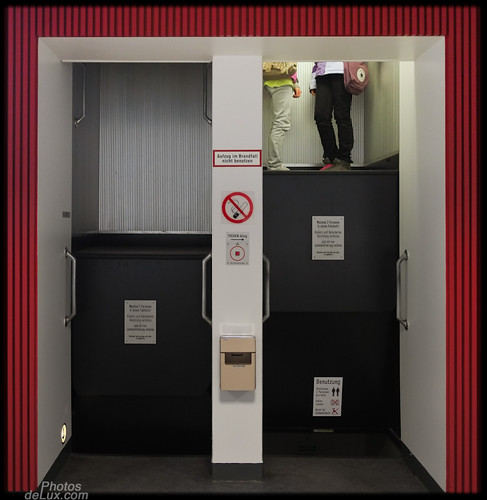
Down & Up - Fuji X-Pro 1 with XF 18mm lens
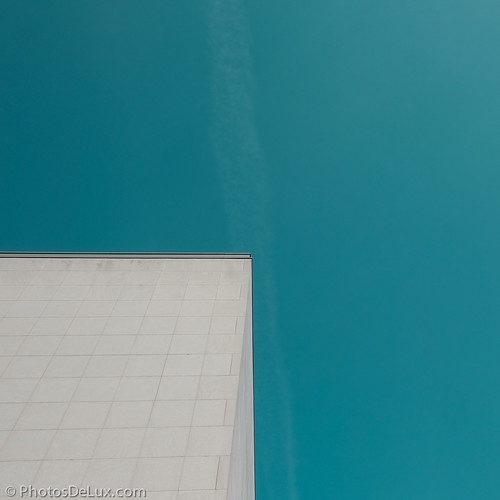
25% stone vs. 75% air - Fuji X-Pro 1 with XF 18mm lens
For me the X-Pro 1 with the XF 18mm and XF 35mm work well for the kind of architecture photography that I mostly do. And the build in Panorama mode allows for some extra cool images. What are your experiences?
Leave a comment below or tweet me @hamburgcam
And if you liked my post I am always happy if you spread the word and retweet, like or google +1 it :-)

